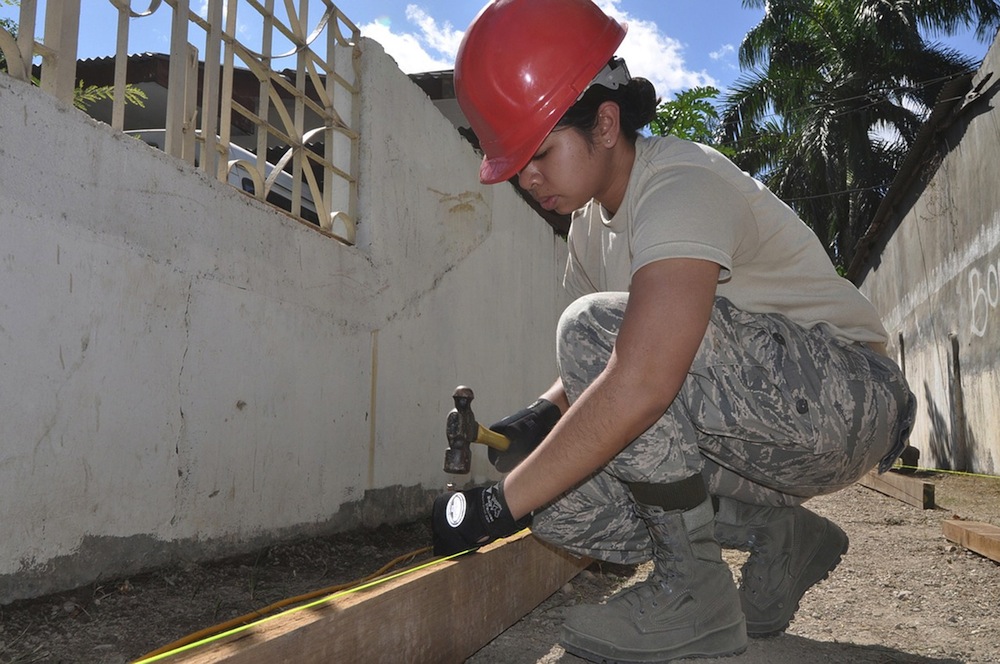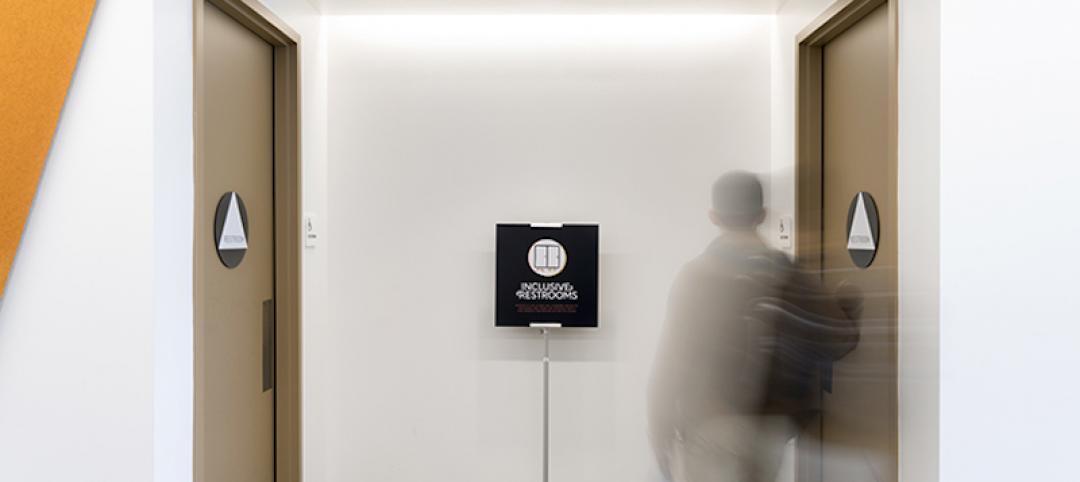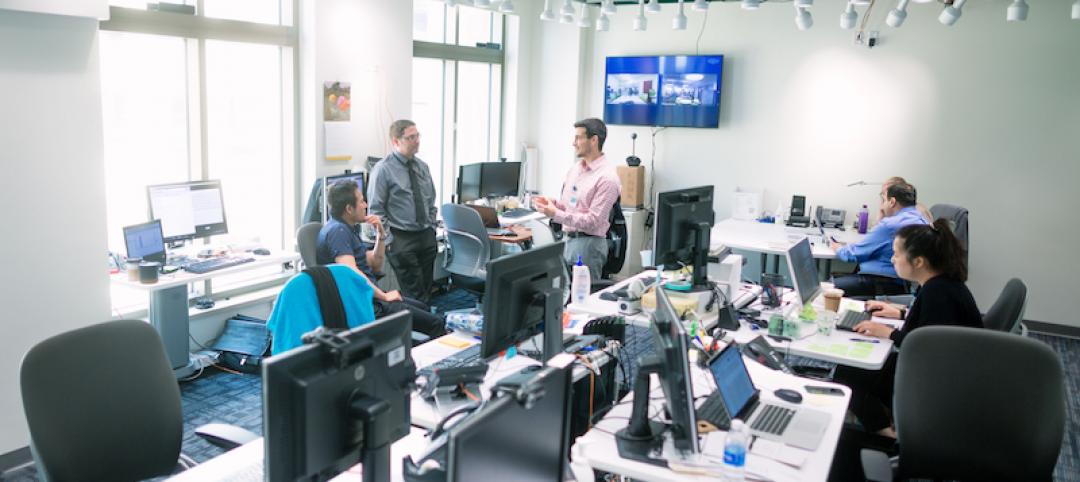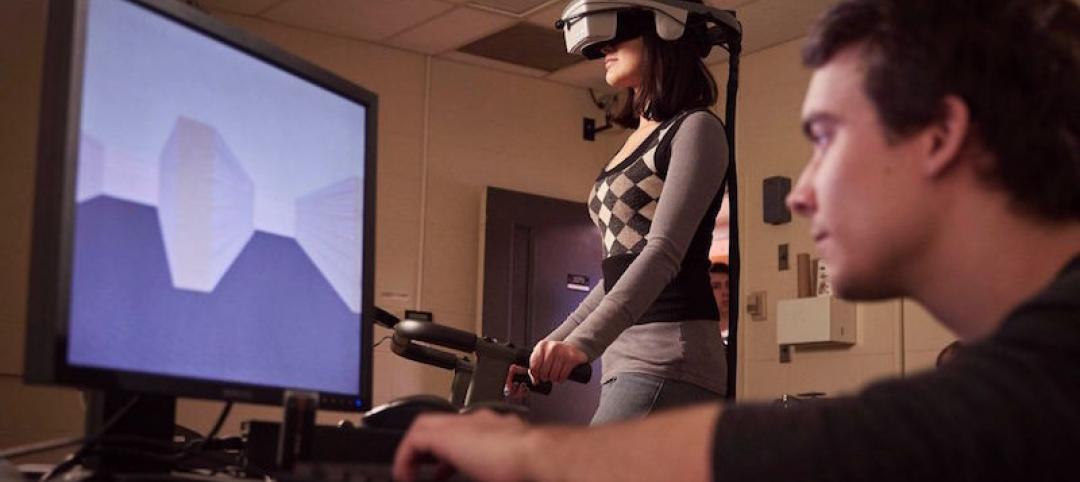Women account for nearly 47% of America’s workforce, according to the Bureau of Labor Statistics. But they represent less than 9% of all construction workers.
One of the women in the field is Doreen DiPolito, the 48-year-old president and owner of D-Mar General Contractors in Clearwater, Fla., where she’s been working since 2001. DiPolito has four women workers out of the 15 to 25 people she employs, depending on the time of year. And she’s been having trouble finding HVAC subs.
At a time when a recovering construction industry is facing shortages in many trades, DiPolito is on a mission to encourage women to at least consider construction as a career.
“When a big contract comes to town, I shouldn’t have to partner with one of the large contracting companies in order to get a piece of the set-aside work. But that’s how it still is, and I don’t think that’s right.” —Doreen DiPolito
“With the economic turnaround in Florida and other parts of the country, women owe it to themselves to explore construction career, which offer better earning and advancement potential than many lower-paid, traditionally female-dominated jobs,” she tells BD+C.
Her own experience tells her that women are capable of doing any construction work. A single parent of three, including a special-needs child, DiPolito started out as a mechanical engineer with Honeywell. She joined D-Mar to help out her former mother-in-law when her husband, D-Mar’s owner, died. In 2006, DiPolito earned her Florida General Contractor certificate.
She concedes that construction is not a profession that kids are pushed toward. So her solutions to the industry’s labor shortage problem includes educating girls in middle and high school about alternative career options. She would also like to see vocational and technical schools expand their outreach and access to women students.
However, the biggest obstacle to more women entering the construction field may be the reluctance of parents or counselors to recommend that field. “Construction has gotten a bad rap. But what happens in this country if these skills, like masonry or electrical, disappear?”
DiPolito has put herself forward on this topic because of what she sees as the industry’s systemic gender discrimination, which she says she’s experienced first hand. “When a big contract comes to town, I shouldn’t have to partner with one of the large contracting companies in order to get a piece of the set-aside work. But that’s how it still is, and I don’t think that’s right.”
DiPolito is realistic about the chances that her advocacy is going to result in any immediate changes in the industry’s hiring practices. But she’s taking the longer view in her hope that any influence she might wield will alter the perspective of younger generations about construction.
And she’s not acting in isolation, either. About a year ago, Ashley Schmidt, a business development manager for SmithGroupJJR in Washington D.C., formed a committee to create The Women in Healthcare group, for the purpose of promoting the development of AEC females in the healthcare sector through mentoring and sharing successful techniques, leads, contacts, products, and services.
The group, which covers the Delaware/Maryland/Virginia area, now has a board of directors, and has grown to more than 200 members, according to Brenna Costello, AIA, EDAC, a Principal at SmithGroupJJR. Among the group’s functions are networking and educational events such as the one scheduled for September 17 at Holy Cross Hospital in Germantown, Md., a $202 million facility that opened in 2014. Annice Cody, president of Holy Cross Health Network, and Lora Schwartz, Principal Consultant for CBRE Healthcare, are scheduled to speak about strategic planning and forecasting methodologies.
“The role of our group is to expand and empower,” says Costello, noting that more than 50% of undergraduate degrees are now earned by women.
Related Stories
Building Team | Apr 4, 2017
Dispelling five myths about post-occupancy evaluations
Many assume that post-occupancy (POE) is a clearly-defined term and concept, but the meaning of POE in practice remains wildly inconsistent.
Office Buildings | Apr 4, 2017
Amazon’s newest office building will be an ‘urban treehouse’
The building will provide 405,000 sf of office space in downtown Seattle.
Healthcare Facilities | Mar 31, 2017
The cost of activating a new facility
Understanding the costs specifically related to activation is one of the keys to successfully occupying the new space you’ve worked so hard to create.
Architects | Mar 28, 2017
A restroom for everyone
Restroom access affects everyone: people with medical needs or disabilities, caretakers, transgender people, parents with children of the opposite gender, and really anyone with issues or needs around privacy.
Building Team | Mar 6, 2017
AEC firms: Your website is one of the most important things you'll build
Don’t believe it? You’d better take a look at the research.
Building Team | Mar 1, 2017
Intuitive wayfinding: An alternate approach to signage
Intuitive wayfinding is much like navigating via waypoints—moving from point to point to point.
Building Team | Feb 21, 2017
Artifacts down the street: Exploring urban archaeology
Archaeologists continually unearth artifacts in our cities. It's time to showcase them.
Building Team | Feb 2, 2017
HOK joins Well Living Lab Alliance sponsored by Delos and Mayo Clinic
The Well Living Lab studies the connection between health and the indoor environment to transform human health and well-being in places where we live, work, learn, and play.
Architects | Jan 24, 2017
Politicians use architectural renderings in bid to sell Chicago’s Thompson Center
The renderings are meant to show the potential of the site located in the heart of the Chicago Loop.
Designers | Jan 13, 2017
The mind’s eye: Five thoughts on cognitive neuroscience and designing spaces
Measuring how the human mind responds to buildings could improve design.
















